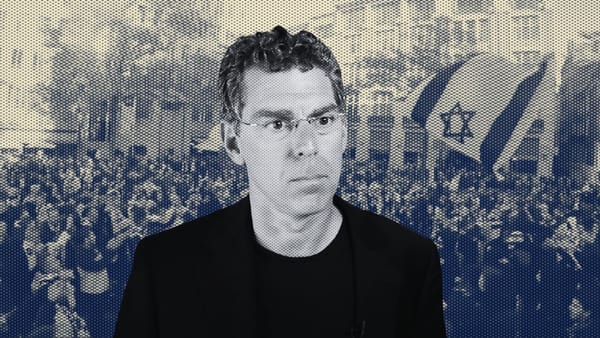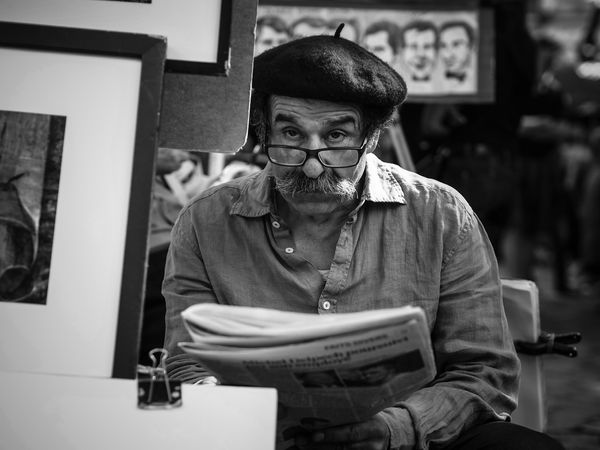In 2018, a woman was allegedly sexually assaulted by eight men, including members of Canada’s hockey gold medal-winning 2018 World Juniors team. By September 2020, Hockey Canada considered the case closed, with police earlier claiming the survivor didn’t cooperate with investigations.
In April, the survivor filed a $3.55 million lawsuit against Hockey Canada, the Canadian Hockey League and the eight individuals, which was settled privately a month later for an undisclosed amount. In June, the federal government called for a forensic audit to ensure no public funds were used in the settlement. Then, in July, it was revealed that Hockey Canada has used something called a “National Equity Fund,” made up in part of minor hockey membership fees, to settle sexual assault claims, among other things. While this is in the news, another case of an alleged group sexual assault surfaces, this time related to the 2003 World Juniors in Halifax.
Over the summer and into the fall, calls grow louder for Hockey Canada’s leadership to resign, and now several major sponsors — including Tim Hortons, Telus and Canadian Tire — either paused their sponsorships or permanently ended them.
How much longer can the Hockey Canada scandal continue?
If you’re a crisis management firm — maybe like Navigator, which Hockey Canada has retained to help manage this scandal — you might say to expect it to continue for another several weeks. But if Hockey Canada is really unlucky, there will be another incident — another story of alleged sexual misconduct or abuse — that could prolong the scandal by months rather than weeks.
Over the weekend, Andrea Skinner, the chair of the organization’s board, heeded calls for her resignation. On Tuesday, CEO Scott Smith as well as the rest of the board of Hockey Canada resigned. Smith had been with the organization for 27 years. These events should allow this story to roll on for another week.
Then, with the election of the new board scheduled for December, officials will claim that they can’t respond to journalists until then (or I assume that’s what a high-powered crisis firm would suggest.) Next, it’ll die out of the news and we can celebrate that another battle for awareness of sexual assault in Canada has been won, because regardless of what happens within the organization, there will have been awareness.
While Hockey Canada has tentacles in every part of the sport in this country, it isn’t as if these resignations will delouse the game. If anything, they’re a distraction intended to reduce all of hockey’s problems to the top-level managers who run the organization.
Skinner herself made this comment on October 4 while testifying in a government hearing. The Canadian Press reported that she “insisted hockey shouldn’t be made a ‘scapegoat’ or ‘centrepiece’ for toxic culture that exists elsewhere in society, and referenced politicians who have been accused of sexual misconduct.” This is a very clever defence that also sounds like it was cooked up by a communications team.
Regardless, Skinner is almost correct. Toxic culture exists elsewhere in society. Politicians are regularly accused of sexual misconduct, and so are religious leaders, teachers, bosses, babysitters, parents … really, the list is long. Hockey isn’t even the only sport that has a sexual assault problem. Gymnastics, diving, baseball, football and my beloved sport of soccer all have them, too.
Sports are a breeding ground for sexual assault. Coaches can get unfettered access to young people and promise to help them achieve their dreams. Parents go along with it because the coach is renowned, and they probably don’t know about histories of sexual assault. Athletes become sitting ducks, chosen as the subject of abuse based on a variety of factors that they can’t control.
So, then, why does hockey get such a bad wrap for how it handles sexual assault? Maybe Skinner is correct, and the sport does receive undue attention for the sins of a few. The problem is that those in the hockey world — from the leadership at Hockey Canada, down through to controlling coaches, freaky-obsessed parents and kids who want to make it to the NHL — all benefit from and exploit the sport’s vaunted position within Canadian society.
In Canada, hockey isn’t just a sport. Young hockey players are placed upon Canada’s sacred altar, there for benediction or supplication, whichever politicians, business people and other community leaders need at any given moment.
Small towns worship these tiny heroes. They’re permitted to miss school, bend the rules and do what they need to achieve their dreams. And they work hard — so very hard — to try and become the next Sidney Crosby. Drills. Early mornings at the rink. Tim Hortons held in mitted hands up in the stands by a parent breathing in the unmistakable smell of cold, sweat, metal and a hint of dairy.
These players are the idols of generations of men who long to return to earlier days, when their dreams of making it to the NHL and the outstretched infinity of youth held potential they can no longer conjure. They’re left with feelings only, stuck with what they see as a boring and plain wife, annoying kids, and a shit job constricting every aspect of their being. Their knees won’t even let them play beer league any more.
Canada’s dreams are heaped upon the shoulders of young hockey players because, just like these washed up men, they offer infinite hope for our national identity. Foolishly, we’re surprised when the worst of the nation gets passed on to and replicated by them, over and over again. And, it must be said, the presence alone of good people involved with the sport isn’t powerful enough to combat the bad.
During the pandemic, a friend called me to tell me a story. She, like I did, grew up in a small town where hockey was venerated. She had a friend who, amidst a long conversation — a pandemic-related reckoning with her past — mentioned the time she’d been sexually assaulted by two boys. “Sexually assaulted?” My friend told me that this event, shared between the two of them for decades as a kind of joke, had never been called a sexual assault. My friend had been present in the next room when it happened. They were 10 and the boys were 11. “I was at a loss for words and I don’t know if I should call her back to apologize for not knowing what to say,” she told me. “How did I never realize it was an assault?”
The main boy in the incident was a star hockey player, and probably the only one in her school who had hopes of getting into the NHL, she told me. It tortured her friend for decades. Where does an 11-year-old boy learn to do these things? Where does the permission come from? Where’s this exercise of power learned?
Maybe the fact that this kid was a mini hockey star was just a coincidence — as Skinner reminds us, this stuff is everywhere. But also, this kind of story is so common that whether or not it was directly or indirectly related to hockey doesn’t matter. Sexual violence, control and domination are promised to young men who work their way to the top of the list. Just go to any small town arena on game night and see for yourself. Ask to talk to someone the players call a “puck bunny.” She’ll tell you. A celebrated hockey star just happens to be the most common profile of what being at the top of the list looks like in way too much of this country.
Until Canada ends its obsession with hockey, there will be no fundamental changes. The problem is that this break will be violent, as there are many thousands of Canadians who are ready to protect hockey’s sacredness with violent threats and harassment.
But hockey also underpins much more than just youthful male worship — it’s Canadian identity: frosty maple coffee-flavoured skating drills on the inside of a building meant to trick us into thinking that we can create winter, as our winters melt away. It’s complicated, deeply rooted. It’s also foundational, holding this country’s identity together in a way that few other things can.
And when hockey is the only thing holding us up from falling into the cultural abyss of Anglo-American identity, you better believe that violence, whether sexual or otherwise, will be used to keep the sport’s hold on our collective identities in tact.







